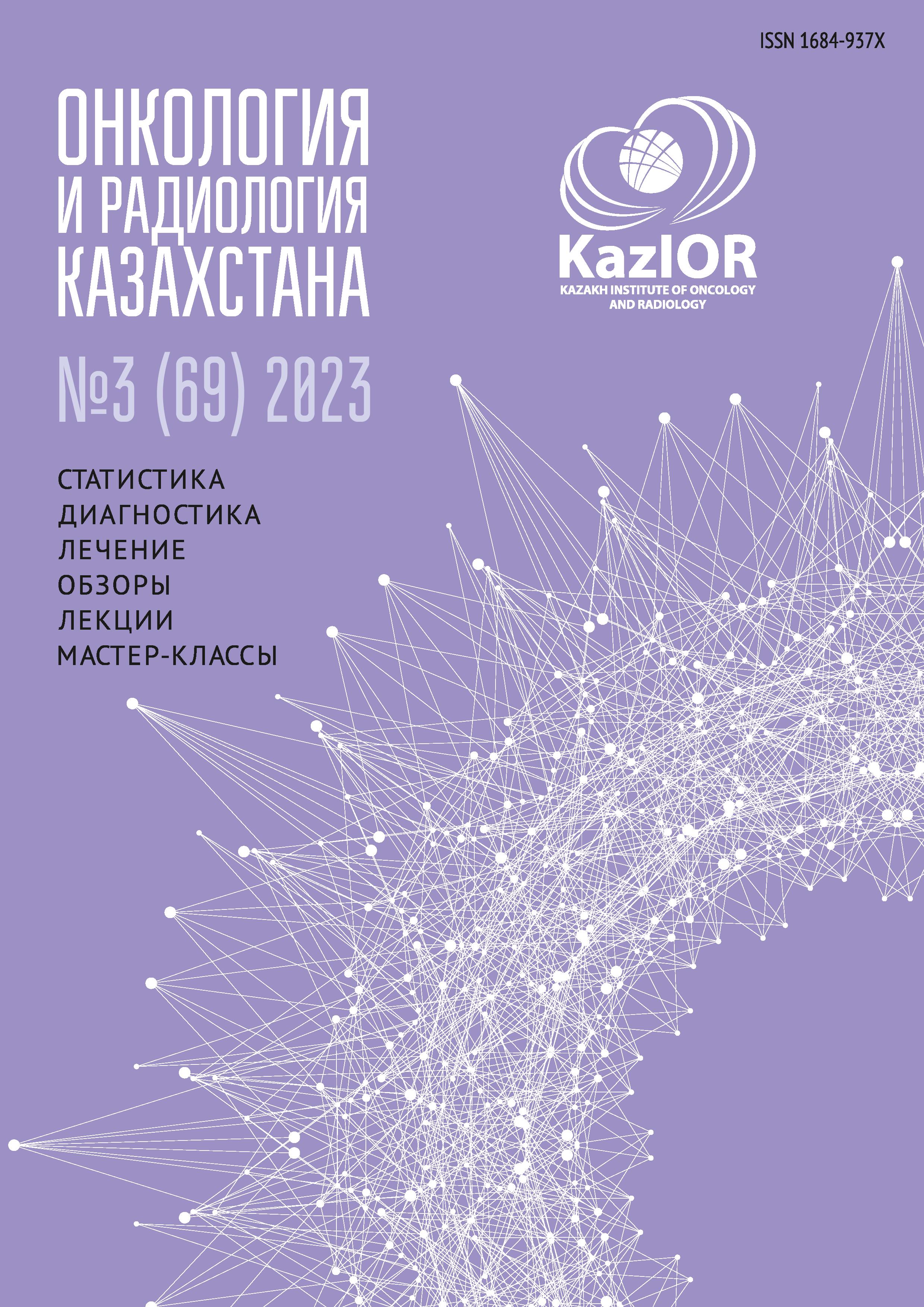Parenchymatous-stromal ratio in colorectal cancer tumors as an indicator of metastasis
Keywords:
colorectal cancer (CRC), tumor microenvironment, parenchymal-stromal ratio (PSR)Abstract
Relevance: Colorectal cancer (CRC) is one of the five most common cancers worldwide and is characterized by trends in incidence, disability, and mortality. A significant recurrence rate and early metastasis characterize CRC. Many meta-analyses in the world literature are aimed at finding factors that determine the probable outcome of the disease.
The study aimed to evaluate the role of the parenchymal-stromal ratio in the progression of colorectal cancer.
Methods: When microcopying at 40x magnification, the parenchyma (Sp) and stroma (Sm) area were measured in the areas of superficial tumor growth and deep invasion. The parenchymal-stromal ratio (PSR) was calculated using the formula PSS=Sp/Sm, and the correlation with tumor metastasis was determined.
Results: With an increase in the depth of tumor invasion, the frequency of metastasis to the liver also increased. The metastasis rate for invasion into the muco-submucosal layer (T1) and the muscular layer (T2) was 4%, respectively. The rate increased to 80% with the involvement of the subserous membrane (T3). Metastases in regional lymph nodes worsened the outcome of the disease threefold. With locally widespread and locally regional in the zone of deep invasion, the parenchymal component predominates over the stroma. PSS is 2.5:1.0 and 1.6:1.0. With CRC disseminated growth in the zone of deep tumor invasion, PSS was 1.0:1.4 with a predominance of the stromal component up to 57%.
Conclusion: There is a decrease in PSS in superficial growth zones in disseminated forms of colorectal cancer compared with local and local-regional types of cancer. The predominance of the stromal component in the zone of deep invasion is directly proportional to the high adverse outcome.

